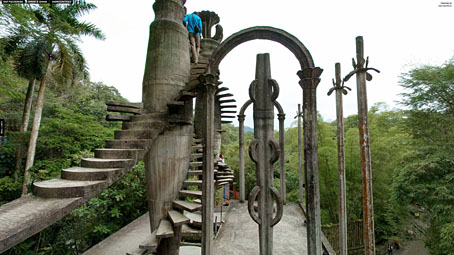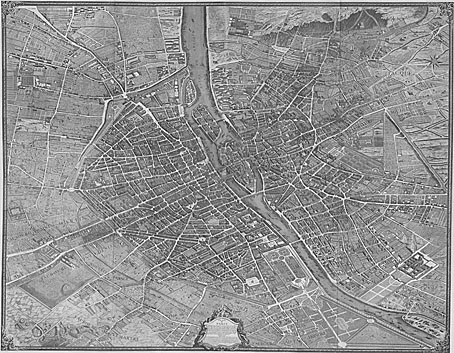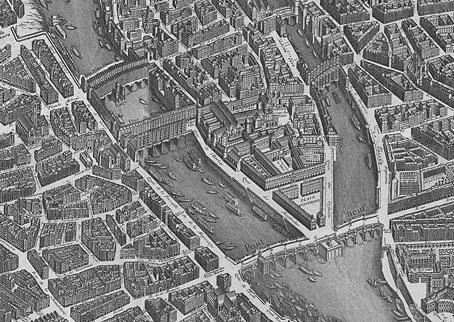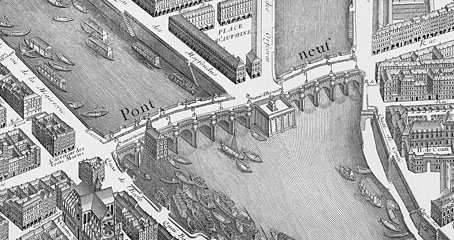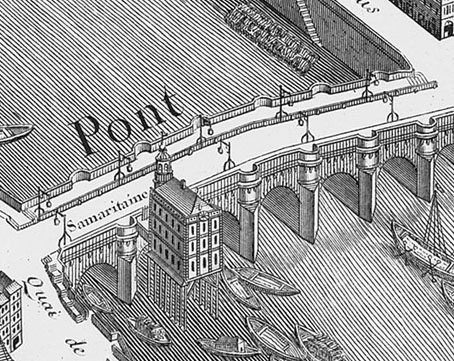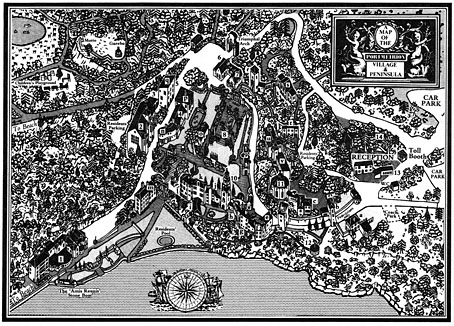Photo by Carlos Ernesto Guadarrama Muñoz.
How soon things change. In 2006 when I wrote something about Las Pozas, the unfinished concrete fantasia constructed by Edward James at Xilitla in the Mexican jungle, there was little information about the place on the web. A couple of years later photos had appeared on Flickr and Monty Don had been there with TV cameras for the BBC’s Around the World in 80 Gardens. Now, thanks to 360cities.net, we have a collection of panoramic views inside James’ platforms, plazas and stairways to nowhere. See the complete set of views here.
Photo by Jose Luis Perez.
Edward James described himself as a poet (and is credited as such on his gravestone), but he’s far better known as one of the primary patrons of Surrealist art and a lifelong proponent of the Surrealist ethos, hence Las Pozas whose construction occupied him up to his death in 1984. In addition to being the model for Magritte’s La reproduction interdite (1937), James also converted Monkton, his home in England, into a Surrealist showcase. It’s a place I’ll be writing about at greater length when I find the time.
Photo by Jose Luis Perez.
Elsewhere on { feuilleton }
• The panoramas archive
Previously on { feuilleton }
• Return to Las Pozas
• Las Pozas and Edward James



